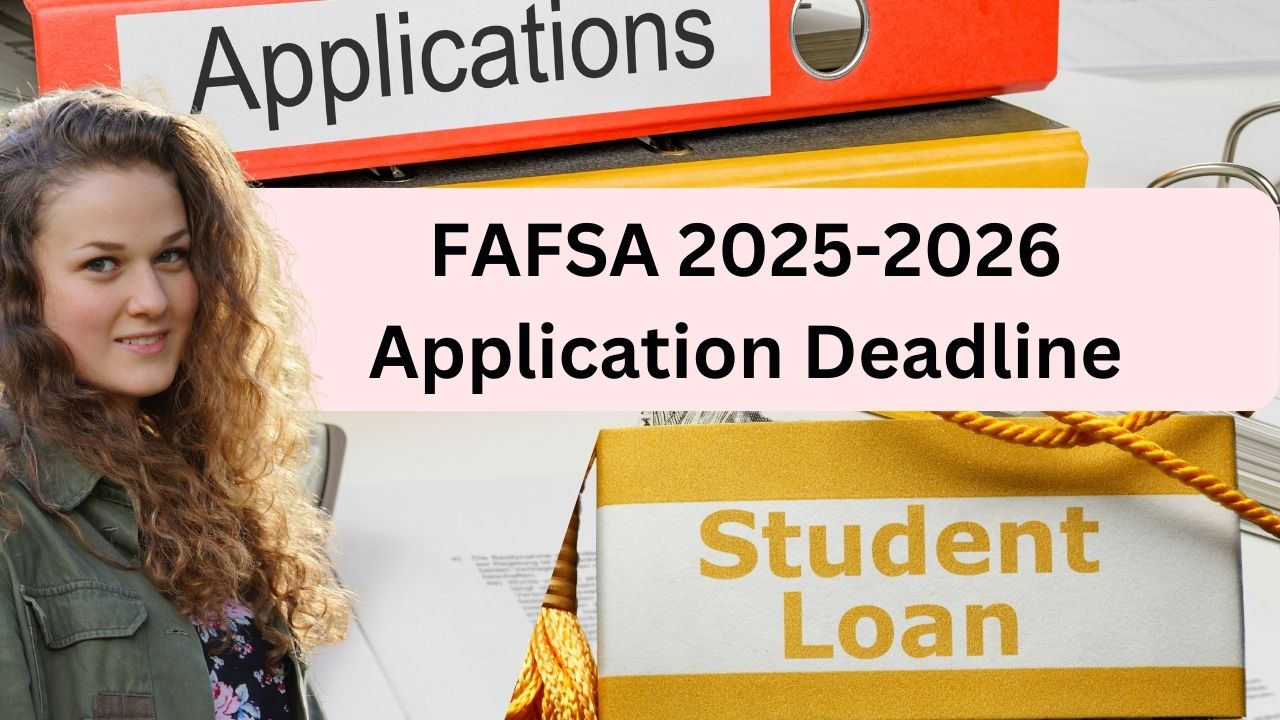The U.S. federal government provides a variety of grants and loans to meet the financial needs of individuals, businesses, non-profit organizations, and local governments. These funds support key areas such as education, housing, disaster relief, and business growth. Understanding the eligibility criteria, application process, and available programs is crucial for those seeking financial assistance.
Federal Government Grants and Loans 2025-26 Overview
| Program | Federal Government Grants and Loans 2025-26 |
| Beneficiaries | Eligible Student |
| Amount | According to Student Eligibility |
| Year | 2025 |
| Government | US Federal Government |
| Category | Finance |
| Official Website | studentaid.gov |
Difference Among Grants, Loans, and Benefits
- Grants: These are non-repayable funds typically awarded to organizations, including research institutions, state and local governments, law enforcement agencies, and non-profits. Some grants, like the Federal Pell Grant, are available to individuals.
- Loans: Unlike grants, loans must be repaid with interest. They are available for education, homeownership, business expansion, and disaster recovery.
- Benefits: Government benefits provide direct aid to eligible individuals, such as food assistance and healthcare subsidies

Eligibility and Types of Federal Grants
Types of Federal Grants
- Project Grants: Awarded based on merit for specific research or development initiatives, primarily benefiting universities, non-profits, and local governments.
- Formula Grants: Distributed based on population or economic factors to state and local governments.
- Block Grants: Offer broad funding to state and local governments, allowing flexibility in areas such as community development and public health.
Eligibility for Federal Grants
Most grants are reserved for organizations rather than individuals. However, individual grants exist, particularly in education, such as the Pell Grant, which supports low-income students.
Federal Pell Grant Updates (2025-2026)
- Maximum Award: $7,395
- Minimum Award: $740
- Eligibility: Determined based on tax filing status, family size, federal poverty guidelines, and state of residence.
- FAFSA Changes: The Student Aid Index (SAI) replaces the Expected Family Contribution (EFC), altering how Pell Grant amounts are calculated.
- Lifetime Limit: Students can receive Pell Grants for up to 12 semesters (or equivalent).
Federal Loans: Types and Application Process
Types of Federal Loans
- Student Loans: Offered through the Federal Direct Loan Program, these include subsidized and unsubsidized loans with lower interest rates and flexible repayment options.
- Small Business Loans: The Small Business Administration (SBA) provides funding for startups and business expansions with favorable terms.
- Home Loans: Programs like FHA and VA loans assist first-time homebuyers, veterans, and eligible individuals in purchasing homes with better terms.
- Disaster Loans: The federal government provides low-interest loans for individuals, businesses, and communities recovering from natural disasters.
Application Process
- Student Loans: Apply through the Free Application for Federal Student Aid (FAFSA).
- Small Business Loans: Apply via the Small Business Administration (SBA).
- Home Loans: Work with approved lending institutions.
- Disaster Loans: Apply directly through FEMA or SBA.
Basic Eligibility Required for Federal Student Aid
To qualify for federal student aid, applicants must:
- Demonstrate financial need (for need-based aid).
- Be a U.S. citizen or an eligible noncitizen.
- Have a valid Social Security number.
- Be enrolled in an eligible degree or certificate program.
- Maintain satisfactory academic progress.
- Provide consent for tax information transfer on the FAFSA form.
- Not be in default on federal student loans or owe money on a federal grant.
- Have a high school diploma, GED, or meet ability-to-benefit criteria.
Common Misconceptions and Fact Checks
- “Grants are free money for everyone.”
- Most federal grants are awarded to organizations rather than individuals, except for specific programs like Pell Grants.
- “Loans from the government are interest-free.”
- Federal loans accrue interest, but they often have lower rates and better repayment terms than private loans.
- “All student loans will be forgiven.”
- Loan forgiveness is available under specific programs, such as Public Service Loan Forgiveness (PSLF), but not all borrowers qualify.
Conclusion
Federal grants and loans remain vital resources for individuals, businesses, and communities. By staying informed about program updates, eligibility criteria, and application procedures, applicants can maximize their chances of receiving financial assistance.
| Homepage | https://uhmychart.org/ |
Whether seeking support for education, business growth, homeownership, or disaster recovery, understanding these programs can significantly impact financial stability and success.






